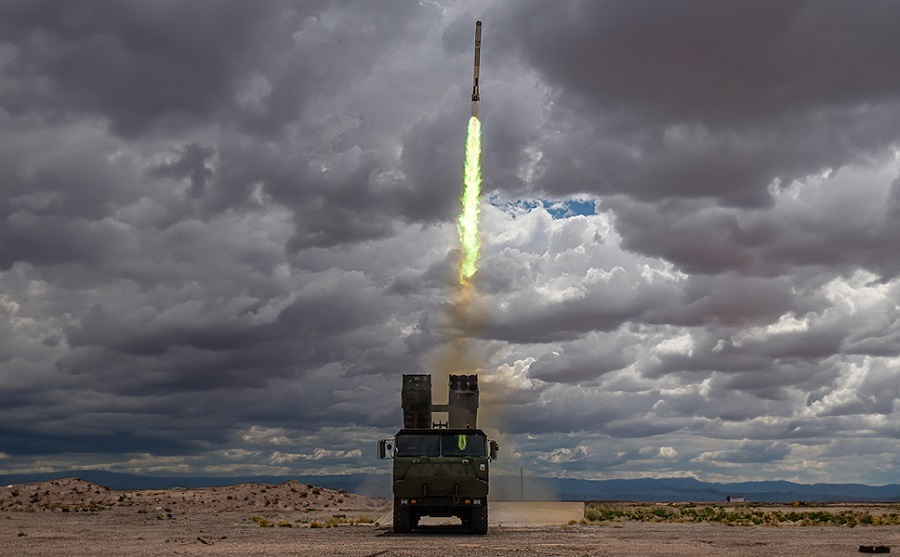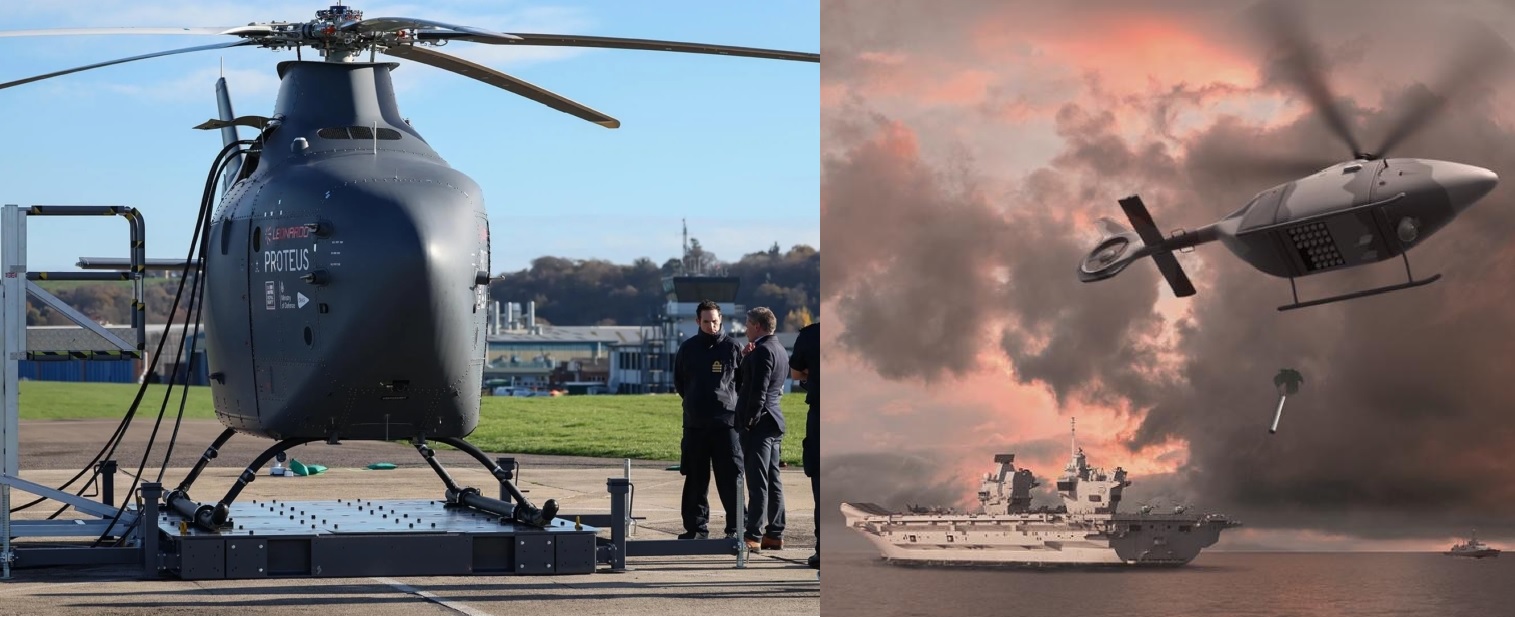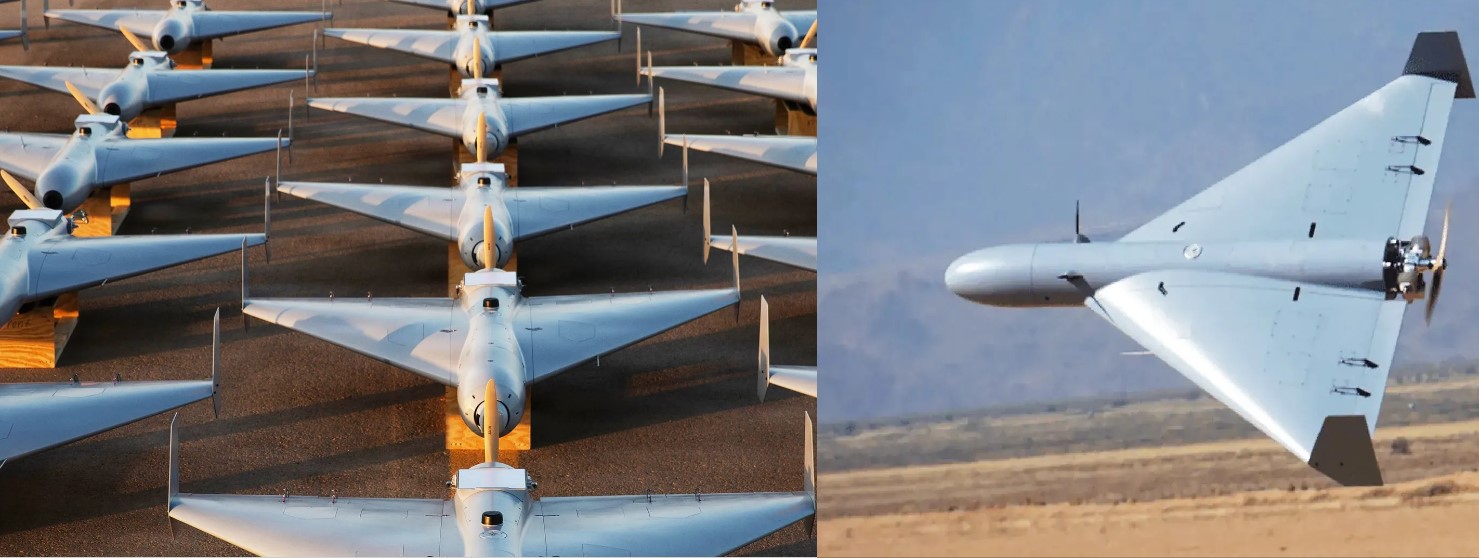Firehawk Aerospace Successfully Tests 3D-Printed Hybrid Rocket in Breakthrough U.S. Army Demo

Texas, August 2025 – Firehawk Aerospace has marked a major milestone in the evolution of next-generation rocket propulsion by completing the inaugural flight of its GMLRS-class Firehawk Analog (GFA), the world’s first 3D-printed hybrid propulsion system designed in a guided multiple launch rocket system form factor.
The test was carried out as part of the company’s Phase III Small Business Innovation Research (SBIR) contract with the U.S. Army Applications Laboratory (AAL).
The Milestone Flight
Launched from a mobile platform, the GFA rocket achieved a vertical ascent exceeding 18,000 feet, pierced through the speed of sound, and demonstrated excellent directional stability and thrust performance.
The test not only validated Firehawk’s hybrid propulsion technology but also showcased how additive manufacturing can radically reduce costs and timelines in the development of tactical rocket systems.
What Makes It Different?
Unlike conventional solid rocket motors, the GFA uses a hybrid propulsion system – combining a solid fuel grain with a liquid oxidizer. This design provides key advantages:
-
Lower manufacturing costs thanks to 3D-printed modular components.
-
Enhanced safety, as hybrid motors are less volatile than traditional solid propellants.
-
Throttling and restart capability, giving operators more control compared to single-use solid motors.
-
Rapid scalability, allowing analog designs to be applied across multiple missile classes.
CEO’s Statement
“This milestone proves that hybrid propulsion systems, when paired with advanced additive manufacturing, have a real place in the future of tactical systems,” said Will Edwards, CEO of Firehawk Aerospace. “To design, develop and launch the first-ever GMLRS form-factor hybrid propulsion system underscores the strength and innovation of our engineering team and the scalability of our technology.”
Next Steps in Development
The GFA demonstration is the first of several tests under the AAL contract. Firehawk Aerospace is now preparing to flight test its Javelin-class and Stinger-class analogs, designed as drop-in solid rocket motor replacements for existing Department of Defense weapon systems.
These follow-on systems will validate the versatility of hybrid propulsion across multiple tactical missile platforms, reinforcing the idea that the Department of Defense could field cheaper, safer, and more adaptable munitions in the near future.
Strategic Importance
Firehawk’s hybrid propulsion technology is drawing attention because of its ability to bridge the gap between traditional solid rocket motors and advanced liquid-fueled systems. Additive manufacturing further amplifies this by enabling customized production, rapid prototyping, and supply chain resilience—all critical needs for modern defense programs.
The U.S. Army has highlighted such innovations as part of its drive to modernize artillery and missile systems for multi-domain operations, where faster, more flexible, and more cost-effective weapons are essential.
If the upcoming analog demonstrations prove equally successful, Firehawk Aerospace could transform the way tactical rocket systems are manufactured and deployed. By offering a reliable and scalable hybrid propulsion alternative, the company is positioning itself to play a pivotal role in the future of affordable precision-guided munitions.
✍️ This article is written by the team of The Defense News.






